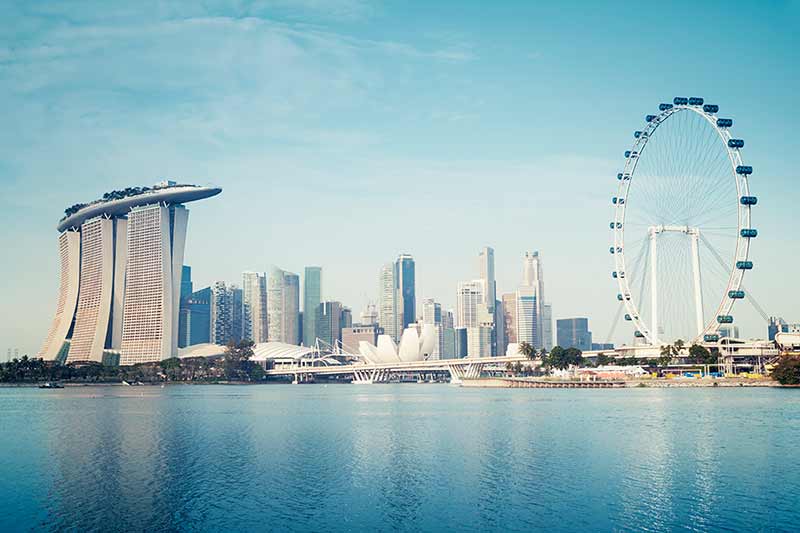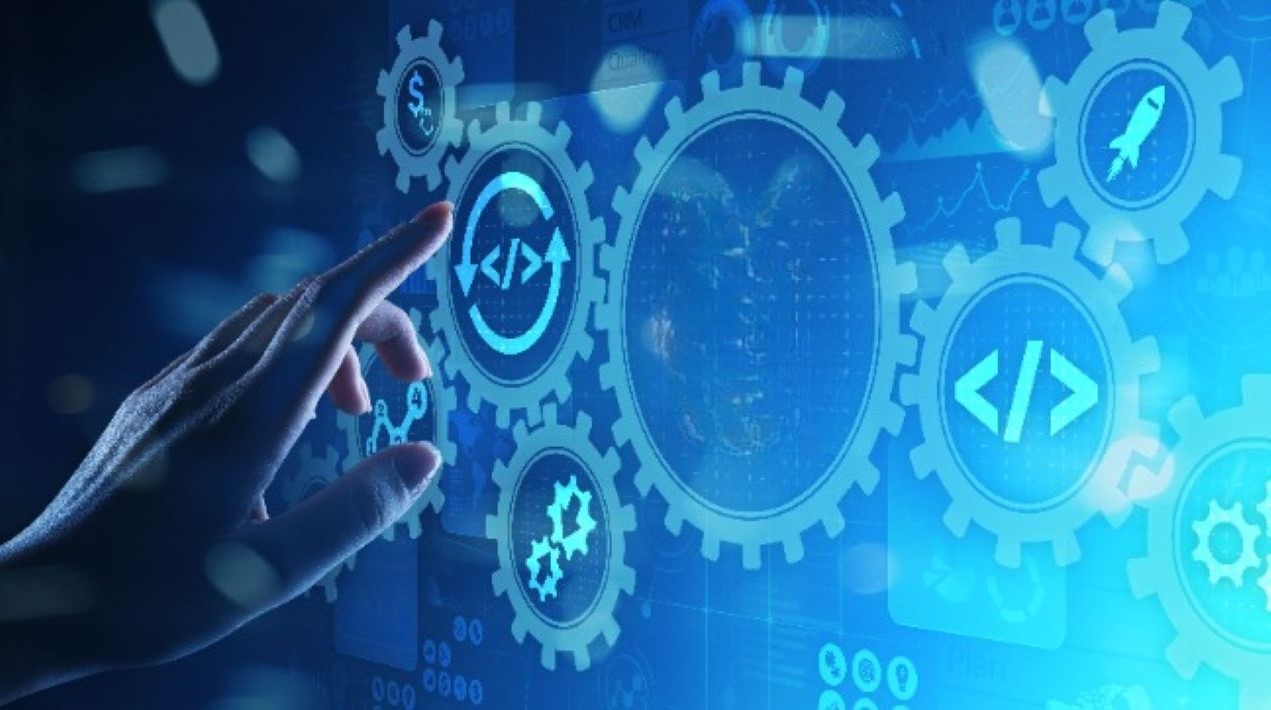
With the first COVID-19 case confirmed in Singapore in January, it would have been reasonable to assume Singapore would fall victim to a large-scale outbreak.
Singapore was the third country to report cases of COVID-19, and by mid-February, had recorded over 80 infections, the highest outside the Chinese mainland. Singapore case count is at 200.
As it stands today Singapore is very successfully managing and controlling the virus from becoming a large-scale national crisis with many countries across the world looking to Singapore Government as an example of what should be done and what can be done for countries going forward.
The Singaporean approach has been prevention, contact tracing, quarantine and access to information. Just one of the reasons the Government has been commended internationally is because of it’s communication with it’s citizens.
Access to information, transparency and daily communication with citizens has shown great leadership from the Government giving citizens the knowledge and power to continue successfully with daily life in the city-state.
This has worked well on many levels.
Strong, Clear and Concise Direction from Government
Many countries now are facing bigger problems with the Coronavirus outbreak due to citizens not being made fully aware of the Coronavirus situation in their country, not sure what actions they were to take, and government agencies not working together as they should.
All Singapore Government agencies provide advice, support and updates on the Coronavirus regularly and there are various applications online to ensure citizens are supported and informed.
Keeping The Nation Digitally Updated
The Singapore Government and it’s ministries have all pulled together to keep the nation working, through its various digital initiatives throughout this pandemic from the very start.
Singaporeans can subscribe to WhatsApp updates from the Ministry of Health or find up-to-date information on the ministry’s website. These updates summarise the current situation in the country. This dedicated COVID-19 site gives very transparent information on each confirmed case.
The website shares the age, sex and occupation of each person who has tested positive for the virus. It reveals where they travelled recently, and when they sought medical help. It explains when they were hospitalised and when they were discharged.
After the first confirmed case of COVID-19 in Singapore was reported stocks of surgical masks were sold out in a very short space of time throughout retail outlets across Singapore.
The Singapore government announced on 30 January 2020 that it would be giving each household four surgical masks, to be collected from specific distribution centres between 1-9 February 2020.
Government Agency, GovTech quickly worked to help keep citizens informed and updated on the Government’s mask distribution.
The Agency recognised the importance of getting timely and accurate information about the distribution centres to citizens, a team of developers at the Government Technology Agency of Singapore mobilised to develop MaskGoWhere – a website providing information on mask collection points.
The Singapore government also launched a chatbot to aid employers to stay updated on the news following the COVID-19 virus. This online bot provides answers based on the programmed questions on the existing situation. Employers are able to find out more information such as the help that is available for them and how to ensure business continuity in uncertain times.
The website of the Ministry of Communications and Information have launched useful and practical campaigns and posters on ‘When to See a Doctor’, ‘What happens to suspect cases’ and ‘How to practice good personal hygiene’.
The “SG Clean” campaign launched by the government on 16 Feb 2020 outlines what all Singaporeans should do to adopt good personal and environmental hygiene habits. It also calls on organisations to adhere to sanitation and hygiene checklists by authorities.
Singapore’s strategy involves multiple lines of defence
Singapore’s strategy to guard against and slow the spread of COVID-19 has been described as ‘multiple lines of defence’. These measures come into play at various stages, from detecting cases before or during entry to Singapore, containing suspect cases to ensuring everyone is informed, updated and prepared to do what is right in protecting themselves and the country against COVID-19 and to keep the country moving forward.
















